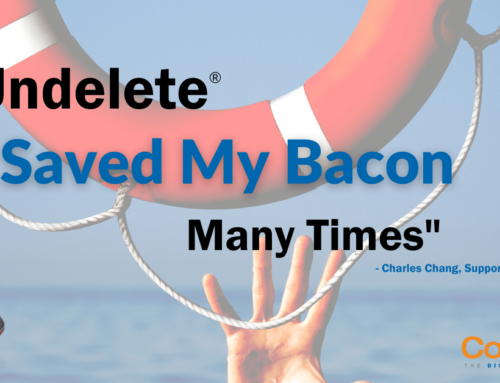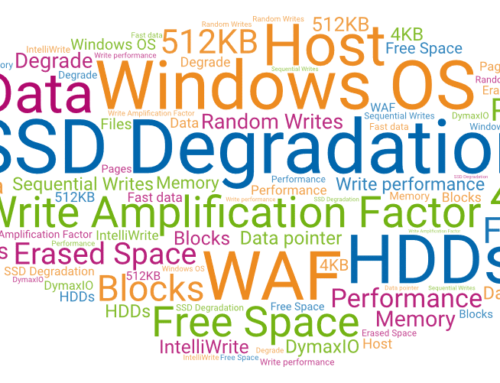Diskeeper 2007, as previously mentioned, uses a technology called software (or product) activation. If you want to read more on activation, the Diskeeper FAQ's are a handy source. I regularly post new information into this blog before it makes it into the FAQs or elsewhere; and, I will add one here. In a nutshell, activation is the process of guaranteeing that the software in use is a genuine copy and is installed only on the number of computers licensed (purchased). Activation technology has been in the Diskeeper software since the release of v2007, though only some users have been required to actually undergo the "process" – such as those purchasing CDs from a retail store. The activation process involves, in part, Diskeeper identifying your PC as unique. To do this it uses various combinations of your computers hardware. They are (in part); your motherboard, your hard drive, and your BIOS. It is possible (though very rare), where that data is insufficient to uniquely ID the computer, that other hardware must be considered. What is used, and in what combination, varies from computer to computer. As stated in the FAQs, no software data or personal data (to identify you) is ever collected form your PC(s). Apart from the obvious and valid privacy considerations, there simply is no technically legitimate reason to do this as it doesn't make "activation" any more secure or reliable. For anyone interested, the FAQ pages provide more data on the entire process. So, if you change out the hard drive (where your operating system drive is located) you will very likely need to re-activate. If you change the BIOS or the motherboard, you may also have to re-activate. It depends on the number of metrics used and if the hardware replacement is determined to constitute enough of a change that the computer ID needs to be re-figured. This is, again, very similar to Window's design. To make the re-activation process as easy as possible for customers, Diskeeper does provide a "grace" number of activation allowances, which are also tied to time-periods. This similar to how Windows works. In other words, if you swap out the hard drive every 6 months for a bigger, faster one, you'll never have a problem with activation. This also makes it easy for you to migrate your Diskeeper license to your new Vista PC. Please keep in mind that you do need to be legally licensed to install the software on each PC on which you do install and run it. If, you do migrate the license to another PC, and activate it, you will need to uninstall it from your existing PC. If you find you are re-installing your operating system (or even an new operating system) on the same computer (i.e. same hardware), you have an unlimited number of activation allowances. It is only when the hardware changes that are limited in the number of allowed activations. We added this leniency as we, as always, do trust our loyal customers to do the right thing. Those who have already been changing components on their PCs, or migrating to Vista, have already found that the Diskeeper grace is very fair. The purpose of activation is, again, to slow down the illegal file sharing that is very rampant on the internet. Sites known as "warez" sites are common locations that facilitate piracy. The grace allowance is even more lenient for volume license customers, as these customers regularly "retire" and replaced computers. And, as noted in previous blogs, volume license customers can also speak with their Account Managers for a variety of options. There will also be new, and more robust, documentation available for volume customers in the next couple of weeks – as well as new functionality to make the process even easier in a network environment. We've designed the system to be as seamless and easy to use as possible. If there is anything we can do to help, let us know.




Leave A Comment
You must be logged in to post a comment.